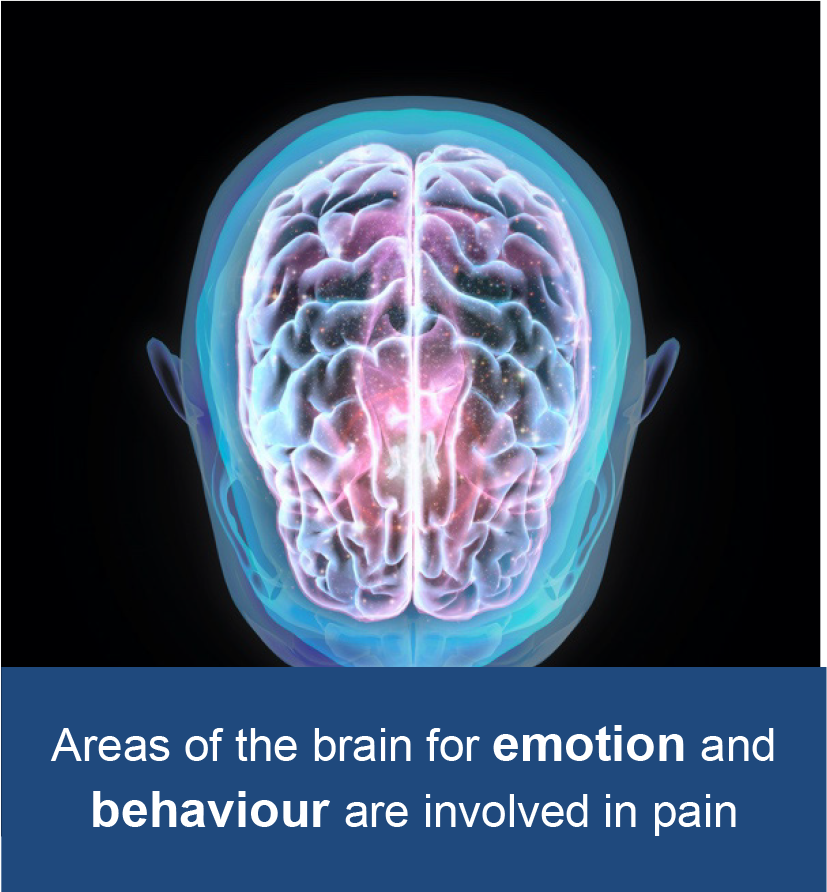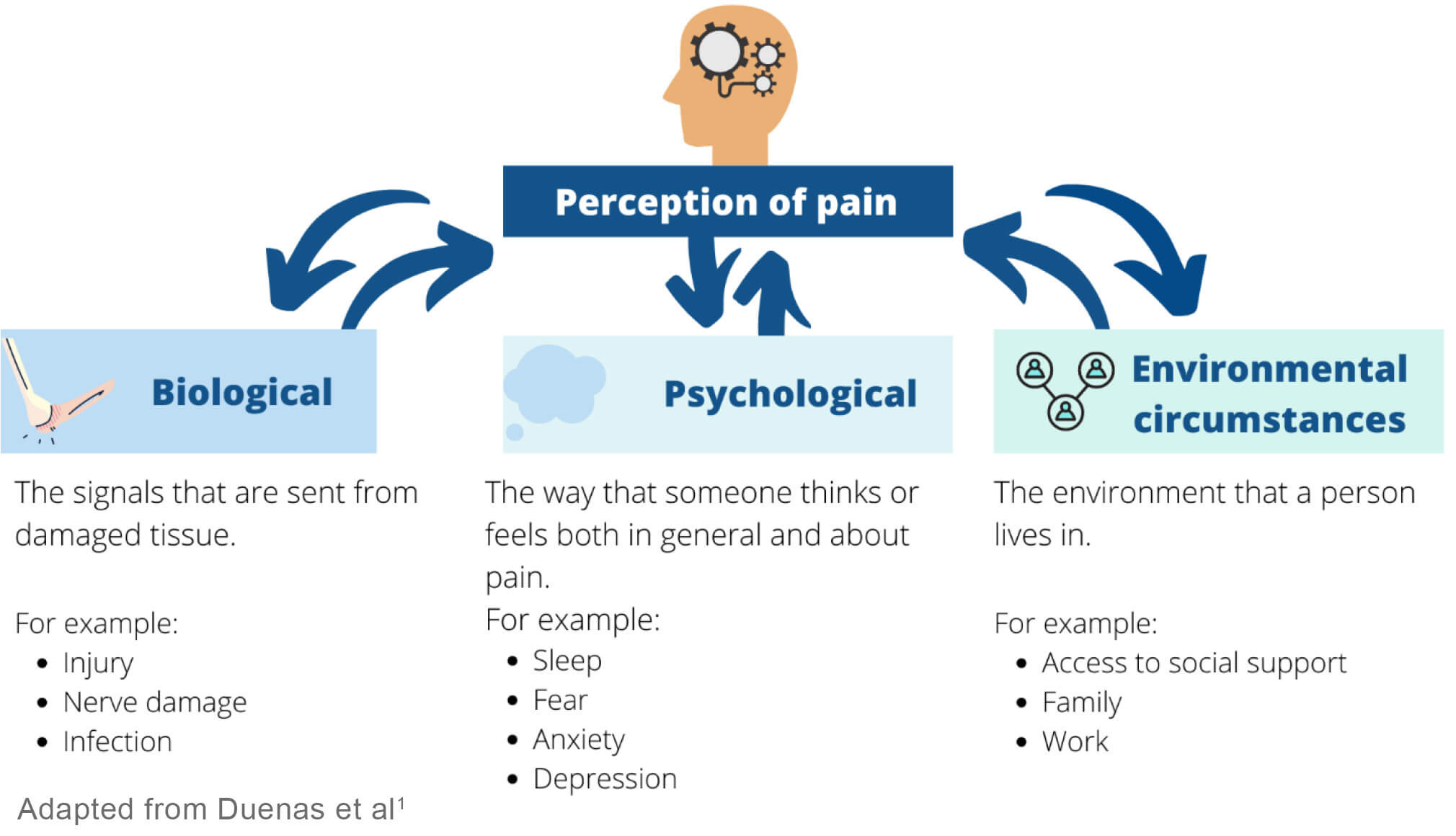You are now leaving Viatris Myhealth Mylife to visit another website.
You are now leaving Viatris Myhealth Mylife. Links to other sites are provided as a convenience, and Viatris does not take responsibility for the content of linked sites.
NON-2022-4521-17March2022





 -
-
